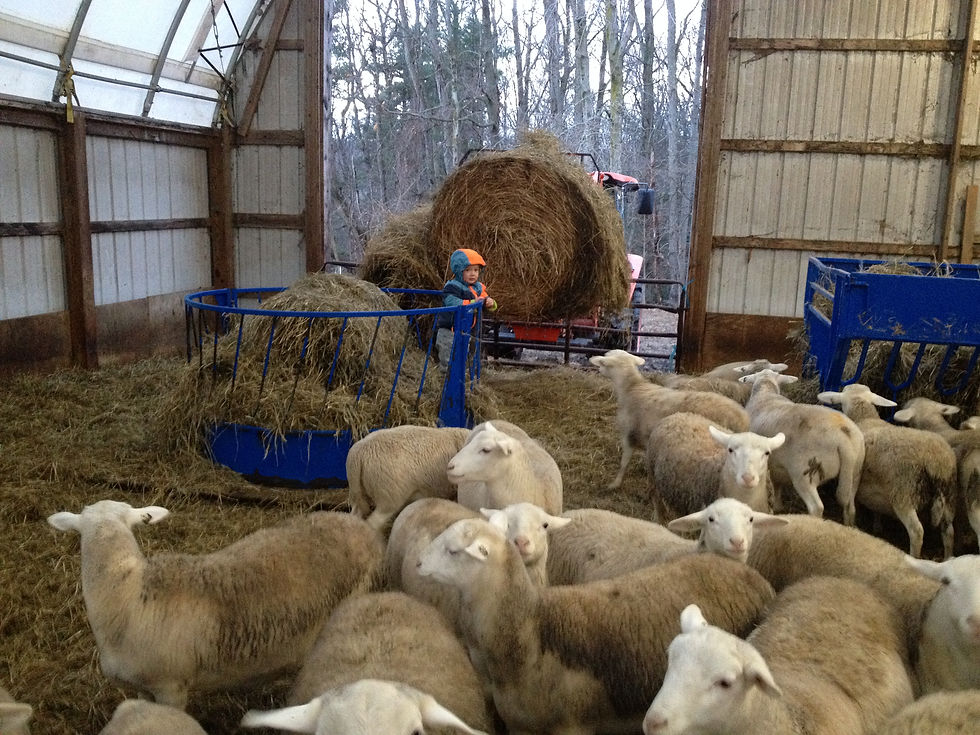Grouping Cows
- Leith MacKenzie

- Dec 11, 2023
- 2 min read
Updated: Jul 6, 2024
Sometime in November or December, depending on the type of feed we have, calves are weaned from their mothers and put into separate groups to most efficiently use our stored feed. The steer calves are hauled across the valley to a pasture where all the yearlings and two-year-olds graze. They get the best feed as half of them will be processed in 2024 and we want them to get nice and fat.

The heifer calves and bred heifers go into another group that stays at the main farm. These get fed well, but not quite as well, because we don't want the bred heifers to get too fat, which can cause calving problems. Over the winter we evaluate the heifer calves and decide which ones to keep for breeding. These ones will stay at the main farm with the cows, while the rest will go to the finishing pasture with the steers next spring.
The cows are in their own group with the bulls for the winter. They get some cheaper lower quality feed that we buy, as well as some of our own baleage that isn't of good enough quality for the younger animals.

Testing soil fertility levels is a good thing to do before we get too far into winter hay feeding. Knowing the nutrient levels in each field helps us calculate how much hay we can feed there without putting down more nutrients than the soil can absorb and utilize. We collected about half our soil samples this week. Hopefully we get the other half done before it gets too cold.

The lambs are growing well in the barn, with frequent visits from our youngest farm hand.

Thanks for reading,
Leith, Mary Kate & Norah MacKenzie




Comments